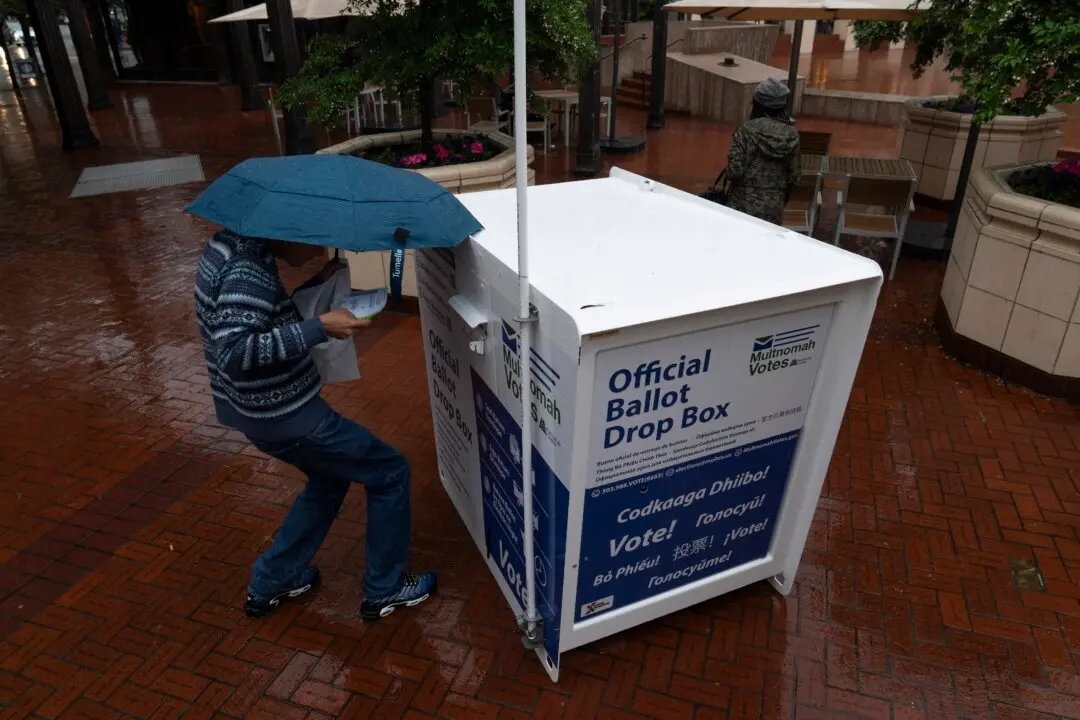America’s private employers added just 235,000 jobs in August, significantly undershooting market expectations and fueling speculation that the weak signal in the labor market recovery may lead the Federal Reserve to delay tapering of stimulus.
The Labor Department’s jobs report, released Sept. 3, shows that non-farm payroll employment rose by 235,000 in August, down from an upwardly revised 1.05 million jobs added in July and far below the FactSet-provided consensus forecasts of 750,000.





